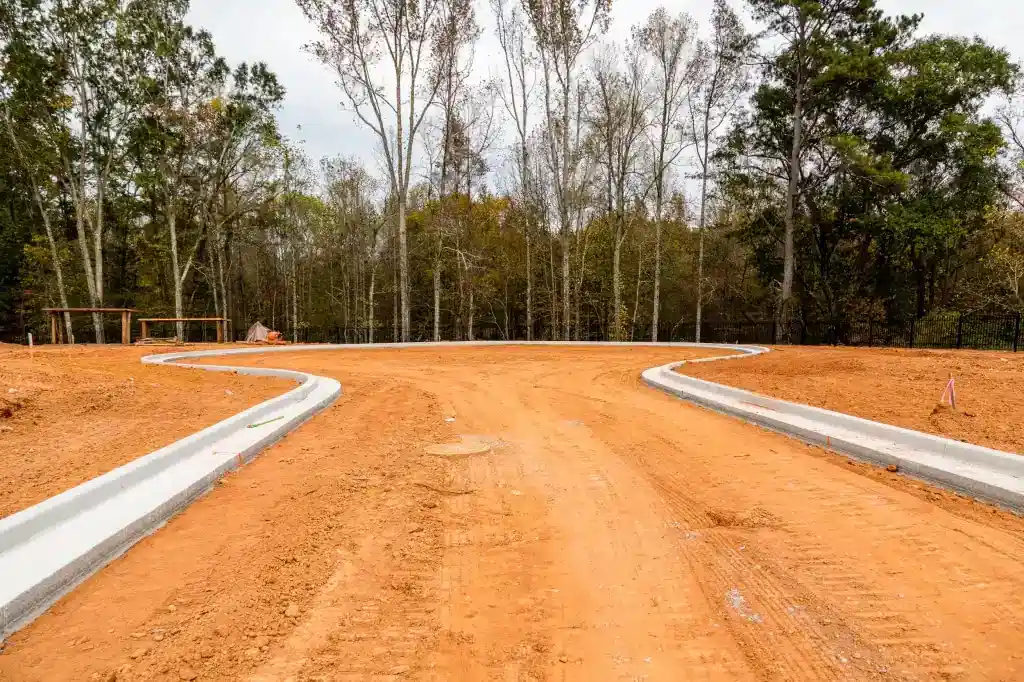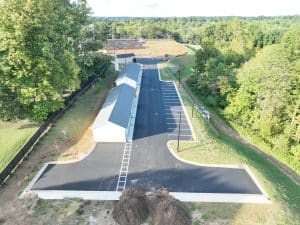When it comes to asphalt paving, the quality of the foundation is often the unsung hero that determines the longevity and durability of the entire surface. Among the many factors influencing a well-constructed asphalt pavement, proper grading stands out as the bedrock upon which a smooth, resilient, and enduring road or parking lot is built.
Understanding the Basics: What is Grading?
In the context of asphalt paving, grading refers to adjusting the slope and elevation of the ground before laying the asphalt. It involves shaping and leveling the sub-base to ensure proper water drainage, structural stability, and load-bearing capacity. Essentially, grading sets the stage for the success or failure of the asphalt surface.
The Water Challenge: Managing Drainage Effectively
One of the primary functions of grading is to facilitate efficient water drainage. Water is the arch-nemesis of asphalt, capable of infiltrating and causing damage through freeze-thaw cycles and erosion. Proper grading ensures that water flows away from the surface, preventing pooling and minimizing the risk of cracks, potholes, and other structural issues. Without effective grading, water can collect, weaken the sub-base, and compromise the integrity of the entire pavement.
Structural Integrity: A Balancing Act
A well-graded foundation is like a hidden support system for your asphalt surface. It distributes the load evenly across the sub-base, preventing uneven settling and the formation of depressions or bumps. The grading process involves careful consideration of the soil’s load-bearing capacity, ensuring that it can support the weight of vehicles without causing undue stress on the asphalt layer. A balanced foundation mitigates the risk of premature wear and tear, enhancing the pavement’s structural integrity.
Longevity Matters: The Role of Grading in Prolonging Asphalt Life
Properly graded surfaces are synonymous with longevity. A meticulously graded foundation reduces the likelihood of cracks and fissures, shielding the asphalt from the detrimental effects of weather and traffic. By addressing potential issues at the root, grading contributes significantly to the overall lifespan of the asphalt surface. Investing time and resources in quality grading upfront is akin to an insurance policy against costly repairs and frequent maintenance down the road.
Meeting Environmental Challenges: Sustainable Grading Practices
In an era where sustainability is paramount, grading can be crucial in adopting eco-friendly asphalt paving practices. Grading can align with environmental standards by considering the natural topography, using recycled materials in the sub-base, and implementing porous asphalt solutions. Sustainable grading not only reduces the environmental footprint but also showcases a commitment to responsible construction practices, potentially appealing to environmentally conscious clients.
Addressing Common Misconceptions: Grading Myths Debunked
To truly appreciate the significance of grading, it’s essential to dispel some common misconceptions. One such myth is that grading is a one-size-fits-all process. In reality, each project demands a tailored grading approach based on soil composition, intended use of the pavement, and climate conditions. Another misconception is that grading is a one-time task. Continuous monitoring and periodic adjustments are necessary to adapt to changes in the landscape and maintain the integrity of the pavement.
The importance of proper grading in the success of asphalt paving must be considered. It serves as the foundation for constructing a robust, resilient, and enduring surface. From managing water drainage to ensuring structural stability, grading is the silent architect of high-quality asphalt pavement. By understanding its critical role and dispelling common myths, asphalt paving companies can elevate their projects and deliver surfaces that stand the test of time.







